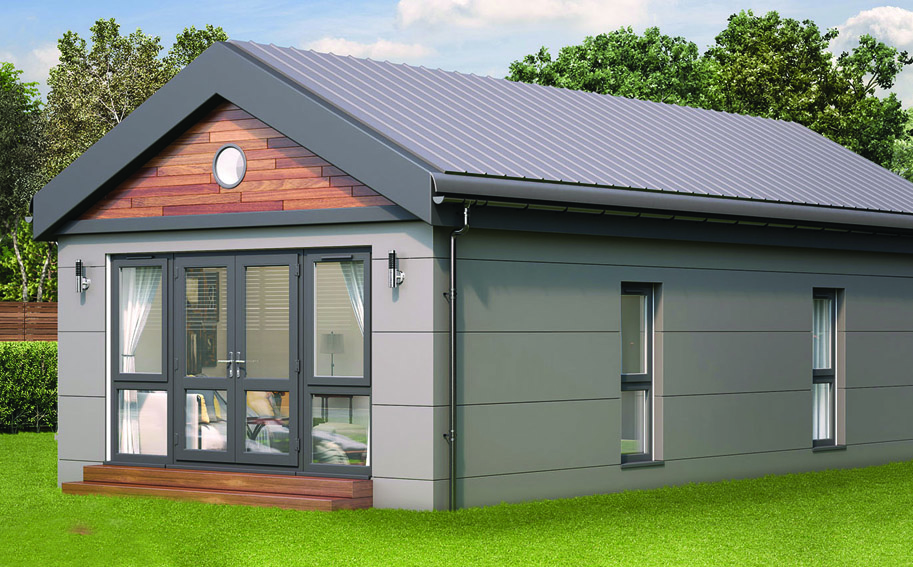
As the UK faces up to the reality of the current housing shortage; which local authorities and housing associations are striving to address; Willerby is introducing a new solution to this problem — the Urban Bungalow. A sustainable affordable home, factory manufactured to the highest quality and fully fitted in a single module.
Today, there are more than 72,000 families living in temporary accommodation*. These include the elderly and disabled struggling in unsuitable homes, often in high-rise buildings, and care leavers trying to adapt to adult life whilst living in bed and breakfast accommodation. This is just the tip of the iceberg and with the range of social housing issues ever present and increasing within every town and city, urgent action is required.
The philosophy of Willerby’s Urban Bungalow is simple. Each unit is a self-contained, one or two bedroom, single-storey home, which is 100% manufactured at Willerby’s dedicated production facility in Hull. The company’s manufacturing techniques enable a fully fitted and finished home to be made every day. Its efficient internal processes help to keep the price of the Urban Bungalow affordable whilst low maintenance and running costs offer the market a cost-effective solution. While it may be low cost, it does not come at the expense of quality as each unit is built to Level 4 of the Code for Sustainable Homes and designed to last a minimum of 60 years.
By making use of the underdeveloped and neglected sites owned by local authorities, such as garage sites, derelict land, smaller brownfield and infill sites, the potential for planning permission holding up the process can be reduced as the single-storey Urban Bungalow can be smoothly slotted into place, transforming and enhancing the urban environment as well as creating new homes for people in need.
The Wrekin Housing Trust, based in Telford, which has just completed a trial with Willerby, understands the potential for this as a solution for providing homes that service users so desperately require. Wayne Gethings, managing director at the Trust said: “It is predicted that 27,500 homes will be needed across Shropshire before 2026. There is also high demand for bungalows as there will be 100,000 people over 65 in Shropshire by 2030, accounting for 30% of the population.
“My hope is that homes like this might be a way of addressing the need for more affordable housing in the immediate term. We’re now assessing suitable brownfield and infill sites which we can utilise and look forward to being the first housing association in the country to offer the Urban Bungalow as part of our accommodation portfolio.”
Phil Parks, lead commercial manager from Willerby added: “The latest government initiatives continue to focus heavily on long-term goals including its ambitious target to build one million new homes by 2020. But even with initiatives in place to help housing associations and developers build more homes, it still doesn’t address today’s pressure on local authorities to meet the immediate social needs.
“Action needs to be taken now. There are thousands of people at risk of homelessness in the UK with this predicated to rise sharply creating a growing demand for housing from the elderly, the vulnerable and the temporary homeless. The Urban Bungalow gives local authorities a cost-effective and immediate solution to a problem that just isn’t going to go away and helps bring back into use, smaller, derelict or unprofitable sites whilst transforming these neighbourhoods with minimum disruption.”
Willerby is continuing to invest in the development of the Urban Bungalow and is also working closely with care providers to offer a specialised single module that will suit a variety of disabilities and learning difficulties within this sector.
The potential uses for the Urban Bungalow are allowing local authorities and housing associations to think differently about their approach to housing, and the team at Willerby are extremely positive about the future and the adoption of the Urban Bungalow.
* Figures taken from the Shelter Housing Databank, November 2016








